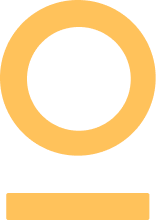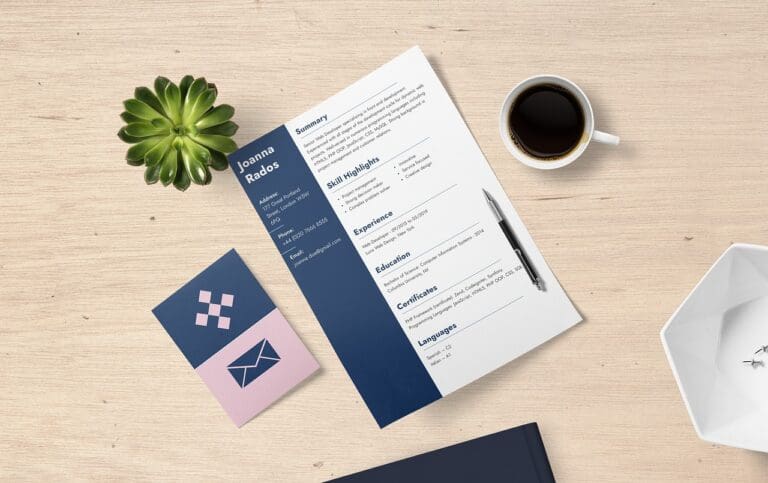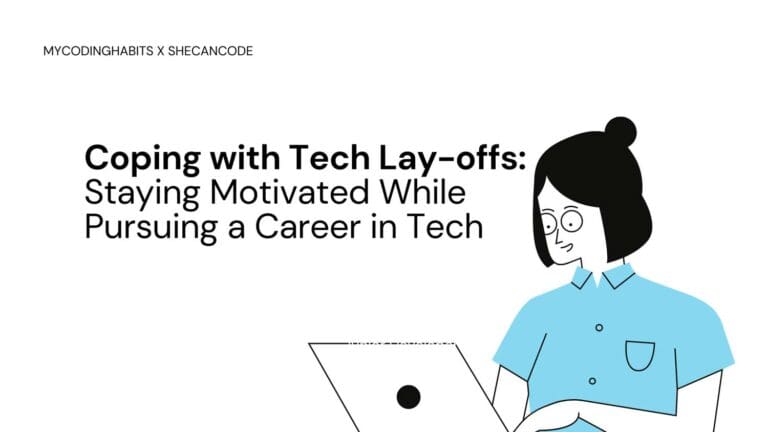So you have a bachelors degree and you want a job? Join the club.
We’re in an age where its becoming increasingly difficult to distinguish ourselves from our peers and the truth of it is, your resume is the first point of elimination. The first thing a recruiter notices is how your resume feels. If it looks messy, boring, irrelevant, dishonest or unclear, most recruiters won’t even bother reading about all the great things you’ve achieved. On average, you have less than 10 seconds to make an impression. So make it count!
Most millennials were never taught how to create a great resume, they were just served the same guidelines that were put in place some 10 or 15 years ago. It’s true. Every so often, I come across a resume that shocks me – from chronological storytelling starting with elementary school graduation to four pages of bore
So, you think you’ve got this figured out? Let’s double-check just to be sure.
1. FFS, keep it short
I’ll just go out and say it: most mortals should not have a resume that exceeds 1-2 pages. Nobody wants to read about what you ate for breakfast each morning of your summer internship in ’13.
Of course, there area few exceptions:
Very short: You have recently finished school, and do not have any work experience whatsoever. Nothing really warrants your high school and hobbies taking more than one page.
>2 pages: You work in a field where your portfolio plays a central role. For instance, it is common for academia to have resumes longer than two or three pages because they attach a list of their publications. Designers or creatives may also include an excerpt of their portfolio.
Quick Tips:
University graduate/first job: one page is sufficient.
Entry-level/mid-career: one to two pages.
Advanced career professional: two, or possibly more depending on what that employer will be making their decision to interview you on.
In a nutshell: if you are not going for tenure, design or a research position, keep it short.
2. It’s never okay to start with your hobbies
I recently saw a resume that listed hobbies before work experience, and another where everything was listed in alphabetical rather than chronological order. So perhaps I’ll mention this as a reminder:
When you have relevant work experience, this needs to be listed as the first item below your contact information/value statement. Why an emphasis on relevant? If you are applying for an entry-level consulting position, make sure that summer job working on a cruise ship is listed lower on your resume (or not at all).
And finally, everything on your CV should be listed in reverse chronological order, i.e. start with the most recent item and walk the reader backward through your story.
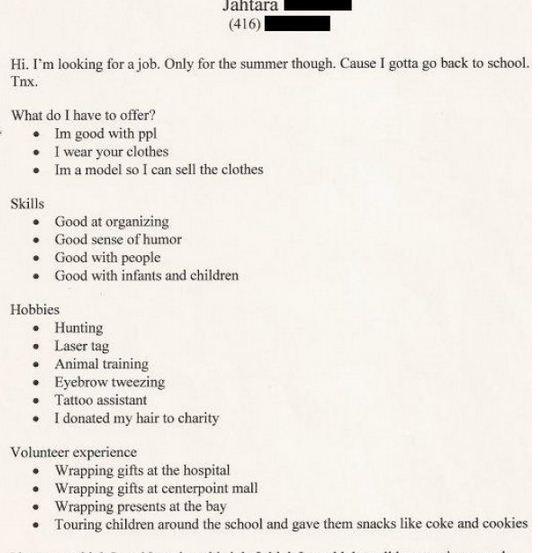

Quick Tips:
- Your dates should be in reverse, chronological order! That’s right, start with the most recent, we don’t want to start off reading what you did when you were 15.
- At the Top: personal information, a somewhat formal head-shot, and a short profile/value statement.
- Followed by (and in this order): Education, Technical Skills, Work Experience, Competences, and lastly interests if you have room and you want to add a human element to it.
- Under ‘Technical Skills’: list the operating systems, programming languages and coding tools that you have experience with, starting with those you are most comfortable with. If you are dishonest, you can be certain that the interviewer will find out. Save yourself the embarrassment.
3. You don’t need to be a typographer to get decent design
There is nothing worse than being a non-technical recruiter and picking up a CV that is filled with low-level technical jargon and written in Notepad. Recruiters get it, you can code, but the reality is that not many of them are technically fluent and you’ll lose their interest. Don’t overdo it.
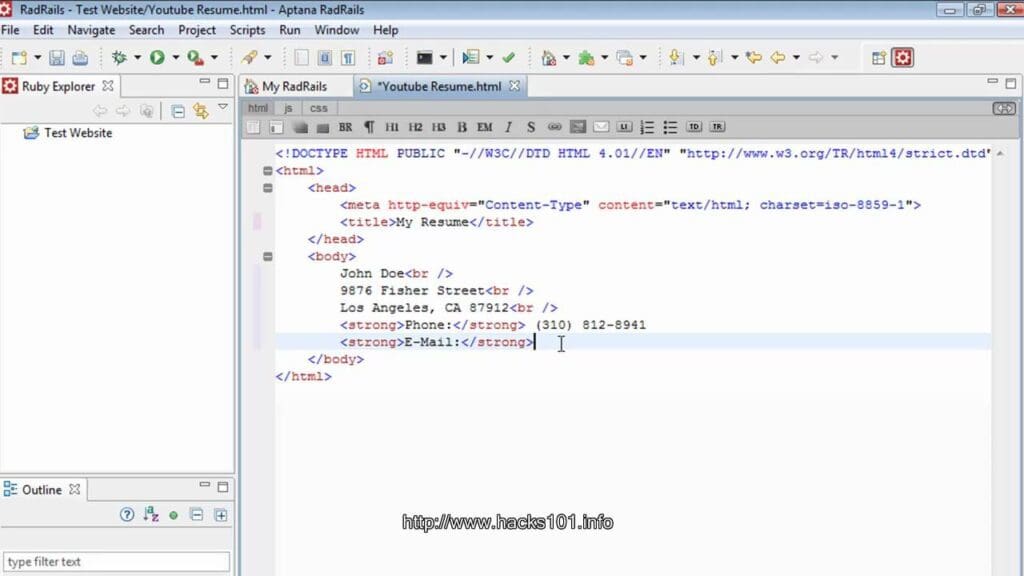

Generally speaking, you should choose a design that fits your position or industry. For example, lawyers shouldn’t go for an ultra-stylish design. On the other hand, creatives should use their resume as another project in their portfolio: I’ve seen successful CV designs that were comic strips, 2D video games, or even printed on a deck of 52 cards. Creativity is encouraged, but keep it relevant and tasteful.
Quick Tips:
- Font: I suggest using a clean, simple font – think Arial, Helvetica, Garamond, Gill Sans, Calibri, Cambria, Avenir. And, font size should be 10-12pt. I don’t want to use a magnifying glass.
- Headings: use them in small doses to specify resume categories (work experience, education)
- Additional formatting: use bold, capitals or larger fonts to differentiate job title, company, dates, university, etc.
- Colors: Stick to black font color. If you insist on using more than one color, choose one (and only one!) additional hue to add some jazz to your resume. Use with caution.
- Scroll down to the end of the article to find a tool that works for you and say goodbye to formatting headaches.
- Hyperlinks: tastefully hyperlink links to your portfolio (e.g. GitHub). Its 2017, everyone is online. The chances of a recruiter picking up a paper format of your CV are slim. Help guide them so they don’t have to do hours of research, particularly if you haven’t managed to catch their eye straight away.
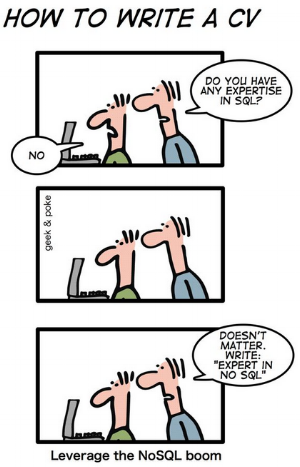

4. There’s software for that.
You’re just one click away from the perfect resume. Many tools seem to be tailored to the American market, but lots of them will also work for Europeans. There are literally thousands of CV templates out there. So take a break, go get that coffee and browse a little.
Google Docs
Yes, I’m actually telling you to forego Word and go straight into your Drive account. If you don’t already know it, #Google has its own Word app which lets you create anything you would normally use Word for.
Perks:
- Your work saves constantly and automatically
- Work from anywhere (saves on Google drive)
- Resume templates
- Share your resume with others (i.e. with a proofreader?)
- Download as Word or directly as PDF (no need to convert later on)
- Free! Give it a try here
If you don’t have an account, sign up for Gmail and start using Google Docs today.
CV Maker
This awesome tool lets you create a resume in minutes. Choose from a variety of professional templates, fill in your info, and either store online or download.
Perks:
- No registration required
- Several polished templates
- Available in over 30 languages
- Download as PDF, TXT or HTML
- Registering lets you save to edit later, or store multiple resumes online
- Free! Give it a try here
Ineedaresume
This easy-to-use resume maker also lets you create cover letters. Right now, this tool only features Letter size and doesn’t let you save your work. But developer Mitch Samuels said he’s working on including other page sizes (A4 for starters) and additional features.
Perks:
- No registration required
- 4 Themes to choose from
- Download as PDF
- Easy to use
- Cover letter creator included
- Free! Give it a try here
Word templates
Still prefer working with Word? That’s cool too. If you sometimes struggle with indents, columns or any type of formatting, then it’s time to turn to Word templates. There are tons of templates out there, but the best ones are often pricey. Hloom searched and compiled a list of 200+ resume templates for Microsoft word – all free!
Perks:
- Wide range of templates: basic, modern, ATS optimized, tabular, etc.
- Also features resume samples
- German templates available too!
- Free! Give it a try here
LinkedIn used to have a resume builder function which seems to have been dropped. Too bad. You can still export your LinkedIn profile as a PDF by going to your profile -> view profile as -> save as PDF.
But I don’t recommend using this as your resume since it’s not tailored to any job description. Download it for your records or if you need a listing of your professional experiences in a hurry.
5. The Takeaway
If you haven’t been getting a lot of feedback from your applications, try giving your resume a facelift. It’s time to leave the world of archaic resumes behind you and give your resume a fair shot at being noticed.
Remember:
- Length: up to 2 pages
- Structure: reverse chronological order, work experience first
- Design: clean & simple
- Photo: professional headshot, positive expression
Give yourself a break from all the seriousness and go play with a CV tool. We’ll get down to the nitty-gritty in the next round.
Readers, how do you make sure your CV looks great?
About the author
Christine Homolko is a Communication Strategist, Gen Y and TCK. Being rootless gives her a sense of freedom, but if asked she’ll either say she’s French, German or American. A notoriously curious person, she likes to question things and write about them. Hopeless optimist, hustler with a sunny disposition, and klutz at times – she’s eager to hear your story.
Article originally published on Christine’s LinkedIn profile and edited by Nicole at SheCanCode.

